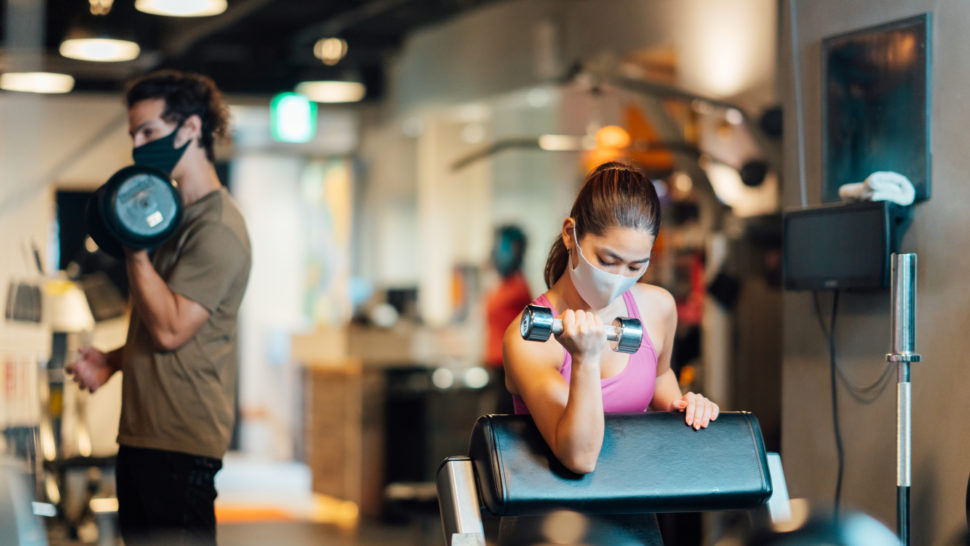Face Masks and HOA Common Areas: What Residents Need to Know


As the two-year mark of COVID-19 draws near, we’re continuing to field questions and concerns from homeowners, board members, and managers on the topic of face masks in common areas.
We know it’s a balancing act for community association leaders— and the desire to keep residents and guests safe as the face mask debate continues— even for the fully vaccinated.
As some local jurisdictions and/or states lift and others reinforce mask mandates, what does this mean for homeowners associations and condominium communities with shared spaces including—fitness centers, clubhouses, lobby areas, and mailrooms? We contacted CAI members, practicing common-interest law to share an update on face masks in common areas. From the outset of the pandemic, Edmund Allcock, a partner with Marcus, Errico, Emmer & Brooks in Braintree, Mass., and a fellow in CAI’s College of Community Association Lawyers (CCAL), encouraged community associations to follow recommendations from the Centers for Disease Control and Prevention, as well as state and local guidelines, to mitigate the spread of COVID-19.
“At the beginning of the pandemic, we recommended closure of (common areas),” says Allcock. “Since the development of the vaccine, everything seems to have reopened, so I do not see why the clubhouse, or the gym should be any different.”
In Washington, application of state and local health mandates to community associations have been inconsistent, notes Anthony L. Rafel, managing partner at Rafel Law Group in Seattle, and a CCAL fellow. “The governor’s proclamations and the state secretary of health’s orders requiring masks in indoor congregate spaces make no exception for community associations,” he explains. “We’ve advised our community association clients that the requirements are applicable to common areas.”
Meanwhile, the California Department of Public Health has clarified that “indoor public settings” applies to board and commission meetings, but there is some disagreement as to whether community associations have to follow the state’s mask mandate, says Nathan R. McGuire, managing partner at Adams Stirling in Northern California, and a CCAL fellow. McGuire notes that his firm is advising that community associations are not public. Therefore, the guidance does not technically apply to them.
When it comes to guidelines community associations should follow to minimize the spread of COVID-19, Rafel says to lean on the side of greater protection for residents and guests. “Masks should be worn in lobbies, hallways, gyms, clubhouses, and meeting spaces if required or recommended by federal, state, or local health officials,” he says.
McGuire also believes masks should be required in indoor common areas to mitigate the spread of the disease. “Another option is to require only those who are unvaccinated to mask indoors and allow them to self-attest to their vaccination status. Meaning that, if someone enters the indoor setting without a mask, the resident or guest is self-attesting that they are vaccinated,” he notes.
Read more about face masks in common areas and find the latest news about COVID-19 and community associations, visit CAI’s coronavirus resource page.
HOAresources.com explores questions and comments from community association members living in condominiums, homeowners associations, and housing cooperatives. We then assemble trusted experts to provide practical solutions to your most commonly asked, timely questions. We never use real names, but we always tackle real issues. Have a question or comment about your community association? Submit here for consideration:
Join CAI’s online community for access to the industry’s most in-demand community association resources.
Thousands of your peers are sharing advice.
Laura Otto is the Senior Editor of Digital Content at CAI. A seasoned journalist, Laura previously worked for a creative, advocacy agency in Washington, D.C., where she wrote and edited content for a variety of public health clients. Prior to that, Laura served as a senior writer and editor for the George Washington University School of Medicine and Health Sciences. Laura is a graduate of Temple University in Philadelphia.